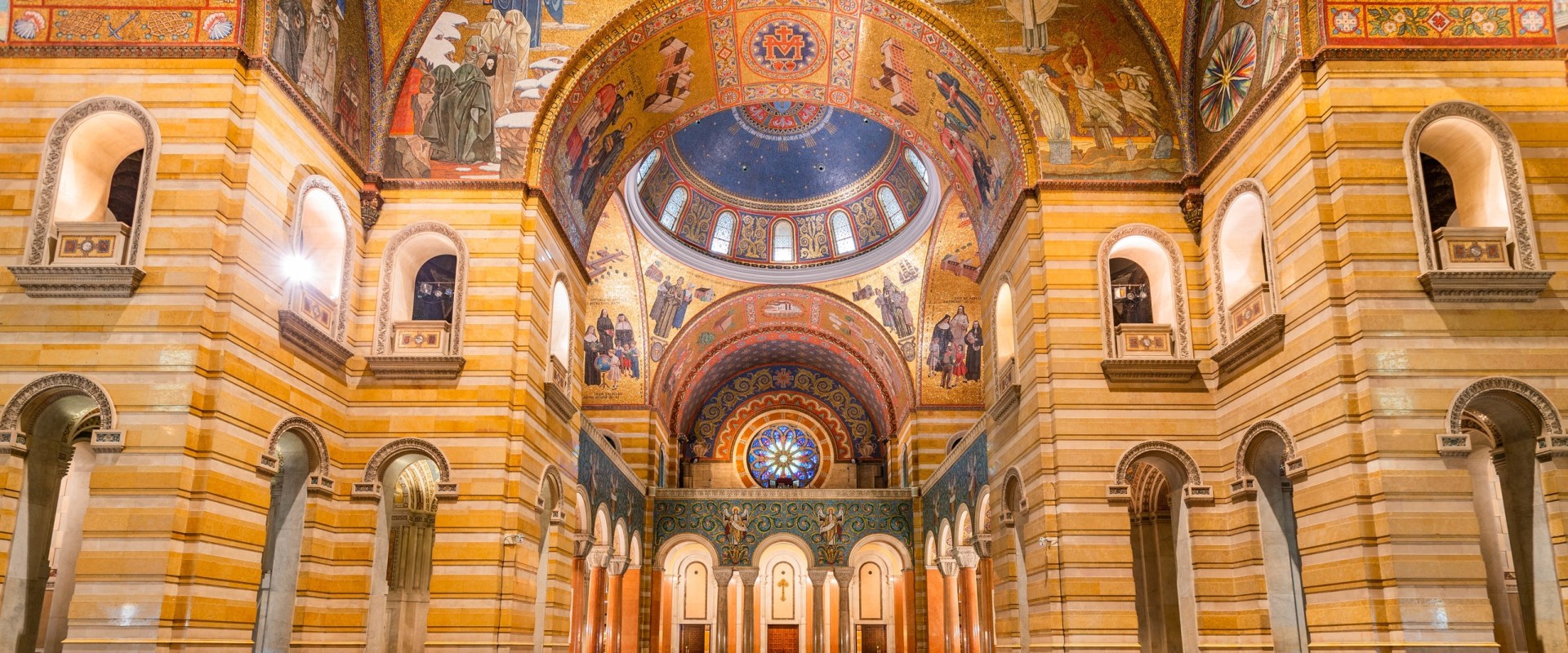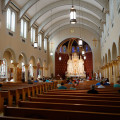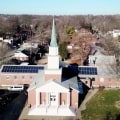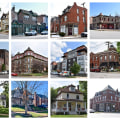The city of St. Louis, Missouri is a vibrant and diverse community that is defined by its institutions and symbols. From the Veiled Prophet to baseball, Louisianans have long been proud of their cultural heritage. This heritage is reflected in the city's many cultural and artistic attractions, including the Missouri Botanical Garden, St.
Louis Zoo, St. Louis Art Museum, Vaughn Cultural Center, First Street Forum, Sheldon Concert Hall, and the iconic Gateway Arch. Churches in St. Louis have also played an important role in the city's cultural and artistic scene, from the Basilica of St.
Louis King of France to Saint Louis Abbey and St. Francis de Sales Oratory. The city has also been home to a thriving music scene since the early 1900s, with clubs like the Riviera Club and Gaslight Square providing venues for local musicians. The Missouri Meerschaum Company has also been a major contributor to the city's culture, producing world-famous corn cob pipes. The Missouri Botanical Garden was founded in 1860 by Henry Shaw, a trader-turned-botanist who was interested in science and botany.
The Garden was dedicated to scientific and botanical learning, inquiry and research, and was based on the belief that understanding the natural world would reveal more about the human and social world. Today, it is committed to global concerns related to rainforest retreats, pollution, and endangered species while also providing educational programs and horticultural information to the local community. The St. Louis Zoo was established in 1876 with a pit for bears and a house for monkeys in Fairgrounds Park. After the 1904 World's Fair increased interest in the zoo, a zoo board was appointed by the city legislature in 1914. The St.
Louis Art Museum has been collecting and exhibiting art since its inception, while newer organizations like the Vaughn Cultural Center (established in 1977) have focused on preserving African American art and culture. The First Street Forum began as a place to showcase contemporary art in changing exhibitions; it is now located in Grand Center alongside the Vaughn Center. Other clubs like the Riviera Club provided musical experiences during the 1940s and 1950s; even though many nightclubs were closed to black customers, African American musicians were generally welcome. The Gateway Arch was completed in 1965 after seven years of construction; two years later, it opened to visitors who could take trains to its 632-foot-tall peak. Branch Rickey and Sam Breadon made the Cardinals a regular contender after nearly three decades of unstellar records; Rickey pioneered an agricultural system that allowed teams to promote or downgrade players from their major league roster. Other notable churches include the Basilica of St. Louis King of France (the oldest Roman Catholic cathedral west of the Mississippi River), Saint Louis Abbey (whose distinctive architectural style won multiple awards when it was completed in 1962), and St.
Francis de Sales Oratory (a neo-Gothic church completed in 1908).In 1876, Forest Park was opened to the public; designed by Maximilian Kern it encompassed more than 1 300 acres of woodland open parks and recreational areas equipped with first-class public facilities. St. Louis sought (for second time) opportunity to host next World's Fair as it had previously lost to Chicago; their bid was approved so city leaders quickly set about planning an exhibition to celebrate 100th anniversary of Louisiana Purchase. Composer Scott Joplin who moved city 1901 brought ragtime sounds St. Louis gave birth music scene would produce legends such Charlie Parker Chuck Berry. The Missouri Meerschaum Company has been a major contributor to St. Louis' culture since its founding; they are world's largest oldest manufacturer corn cob pipes.




